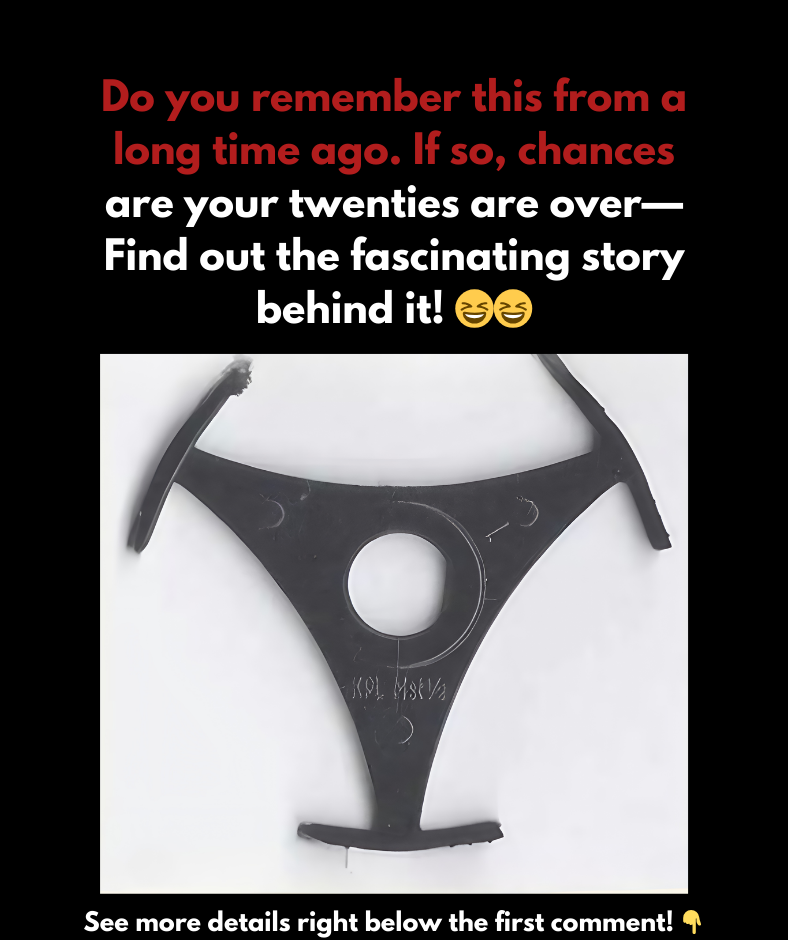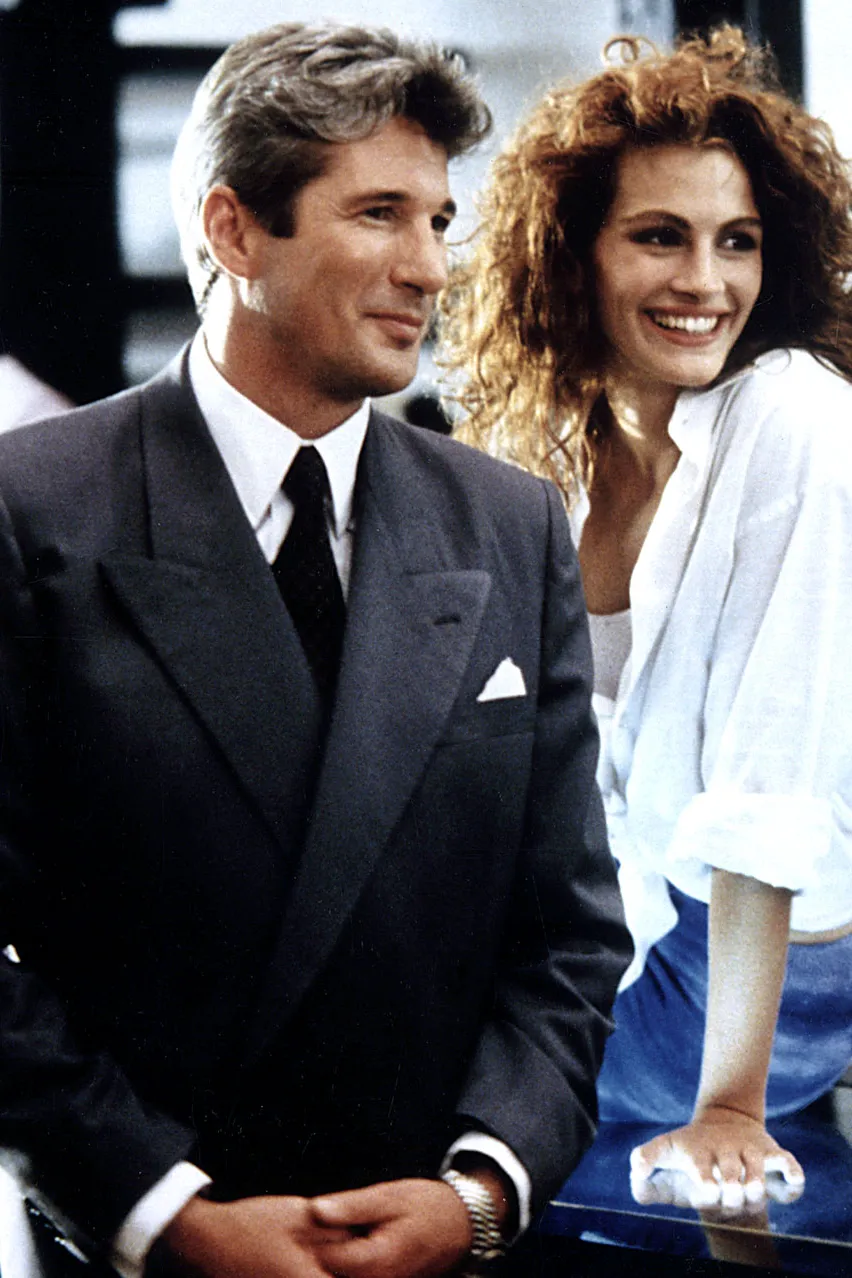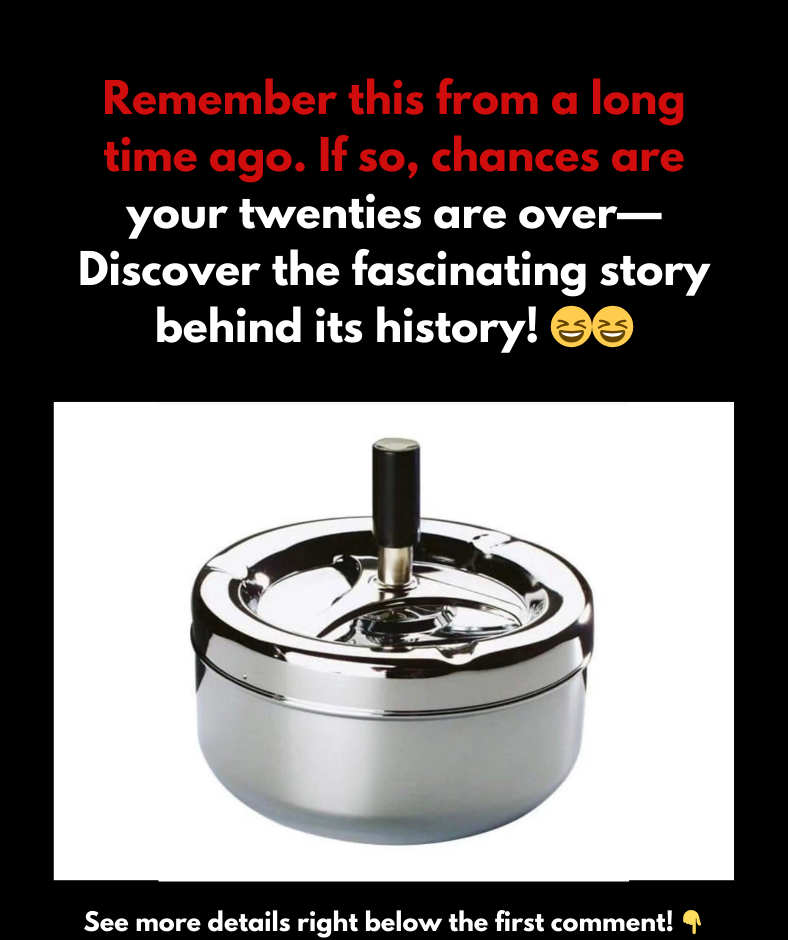In the early 1960s, the Beatles were on the brink of altering the music landscape forever. With “I Want to Hold Your Hand,” the group released a song that not only topped the charts in the United Kingdom but also sparked the legendary “British Invasion” in the United States. This song, co-written by John Lennon and Paul McCartney, was more than just a hit; it was a cultural phenomenon that redefined pop music’s role in society. Released in November 1963, “I Want to Hold Your Hand” marked a pivotal moment in music history, where the Beatles showcased their innovative sound and vibrant energy, transforming pop music from simple entertainment to a powerful cultural movement.
The Collaborative Creation of a Masterpiece

The writing process of “I Want to Hold Your Hand” took place in the basement of actress Jane Asher’s family home, where Lennon and McCartney collaborated closely. As they sat side by side at the piano, they worked through melodies and harmonies, creating a song with an infectious rhythm and unmistakable excitement. Lennon later described their process as “eyeball to eyeball,” underscoring the intensity and synergy between the two. This unique partnership allowed them to push musical boundaries, creating something that was both catchy and layered with complexity.
The song’s harmony, which was rooted in the fourth chord progression, highlighted the pair’s growing confidence in creating unexpected musical twists. This collaborative style became one of the Beatles’ defining characteristics and set the stage for countless innovative compositions throughout their career.
From the Studio to the World: Recording “I Want to Hold Your Hand”
Once written, the song needed the right touch in the studio. Four days after the announcement of “Beatlemania” in the UK, the Beatles recorded “I Want to Hold Your Hand” at EMI Studios in London. The production introduced the “push beat,” giving the song a driving rhythm and dynamic feel, making it unforgettable from the first listen. With George Martin at the production helm, the band emphasized dynamic contrasts, adding quiet arpeggios and building suspense before hitting the chorus with full force. This use of contrast not only made the song more impactful but also showcased the band’s innate sense of timing and excitement.
The recording featured a full close rather than the standard fade-out, an unusual choice that reflected the Beatles’ desire to create a cohesive sound that could be easily performed live. This decision would set a standard in pop music production and was a testament to their commitment to craftsmanship.
Breaking Through in America: A Cultural Shift
The release of “I Want to Hold Your Hand” in the United States came at a critical time, just after the assassination of President John F. Kennedy. Americans, still grieving, were captivated by the song’s joyful energy. Capitol Records finally agreed to release the single in late December 1963, and the impact was immediate. The song’s exuberant spirit, matched by the Beatles’ energetic presence, was like a burst of sunlight that lifted the country out of its gloom.
In February 1964, the Beatles appeared on The Ed Sullivan Show, bringing their music and charm to millions of American households. This performance marked the beginning of what became known as the “British Invasion.” Over the following weeks, the Beatles dominated the U.S. charts, setting records that would be nearly impossible to replicate. Their sudden rise to fame in America fundamentally changed the pop music landscape, making rock and pop international genres with the power to bridge cultural divides.
The Song’s Impact on American Musicians and Audiences

“I Want to Hold Your Hand” didn’t just influence listeners; it also had a profound impact on American musicians. Aspiring artists listened in awe, attempting to decipher the Beatles’ groundbreaking chords and harmonies. Musicians across the U.S. crouched beside their record players, replaying the song and marveling at its fresh sound. The song’s bold creativity sparked a revolution in American pop and rock music, encouraging artists to explore new musical frontiers.
The Beatles’ willingness to experiment resonated with American artists, many of whom saw their music as a call to break from the traditional, polished sounds of American studios. This shift paved the way for bands like the Byrds, the Beach Boys, and others to experiment with unorthodox structures, layering, and even social themes within pop music. The influence of “I Want to Hold Your Hand” on American music cannot be overstated—it inspired a wave of creativity that fundamentally altered the trajectory of popular music.
Criticism and Praise: A Divisive Masterpiece
Despite its monumental success, “I Want to Hold Your Hand” was not universally praised. Some critics and industry insiders viewed the Beatles’ sound as raw and unrefined, especially compared to the sleek production of American studios. Musicians like Tommy James noted the lack of bass response and the “primitive” quality of early Beatles recordings. Nevertheless, these raw qualities were exactly what made the song feel real and immediate to the audience, giving it an edge that appealed to younger listeners.
The song’s lyrics, often dismissed as simple or naive, were actually part of the Beatles’ broader strategy. Instead of focusing on poetic complexity, they prioritized sound and rhythm, ensuring that the lyrics would complement, rather than distract from, the music. The straightforwardness of “I Want to Hold Your Hand” allowed the music to take center stage, creating a visceral experience that was accessible yet profound.
A Revolutionary Message Encapsulated in Simple Words

On the surface, the lyrics of “I Want to Hold Your Hand” might seem lighthearted, but they conveyed an underlying sense of liberation and joy. While other pop songs of the era were grounded in propriety and social conventions, the Beatles exuded a carefree attitude that invited listeners to break free from the status quo. The song’s chorus, with its repeated plea to “hold your hand,” became a metaphor for connection and unity. In the midst of societal upheaval, the Beatles’ music offered a refreshing escape, encouraging people to embrace life’s simple pleasures.
This message of joyful defiance resonated deeply with young listeners across the globe. Unlike the politically charged folk songs of the time, the Beatles’ music promoted a sense of freedom without the weight of ideology. This subtle, inclusive message would lay the foundation for their more socially conscious songs in later years, as they embraced their roles as cultural icons.
Conclusion: The Enduring Legacy of “I Want to Hold Your Hand”
“I Want to Hold Your Hand” was more than just a song; it was the beginning of a cultural movement that transformed pop music from ephemeral entertainment into a lasting art form. Through their infectious energy, innovative production techniques, and unprecedented cross-Atlantic success, the Beatles showed the world what pop music could achieve. The song bridged the gap between British and American music, inspiring a generation of musicians to experiment, innovate, and connect with listeners on a deeper level.
To this day, “I Want to Hold Your Hand” stands as a symbol of the Beatles’ profound impact on music and popular culture. Its legacy lives on in every artist who seeks to push boundaries and connect with audiences in new, exciting ways. The Beatles’ journey may have begun with a simple desire to hold hands, but it ultimately reshaped the world of music, forever changing how we experience and appreciate the power of a song.


